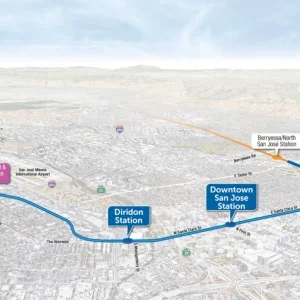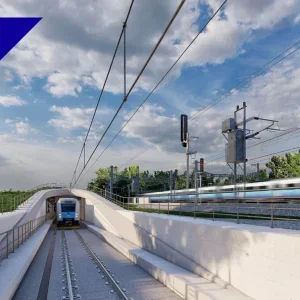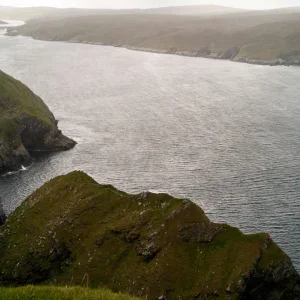According to Taipei Times, the route will not pass through the watershed of the Feitsui Reservoir. Currently, the route to the east coast must pass along the northern and northeastern coasts.
The ministry has proposed constructing a straight route connecting the east and west coasts in response to increasing numbers of passengers heading to the east coast.
The bureau said it hoped that construction of the new railway could help ease the constant congestion experienced by drivers in the 12.9km Hsuehshan Tunnel on Freeway No. 5.
The bureau originally proposed two routes. One 36.3km route starts in Pinglin in New Taipei City and ends in Toucheng in Yilan County.
The other is a longer route of 53km between Nankang District in Taipei and Shuangsi in New Taipei City.
However, the first option would require the rail line to pass through the Feitsui Reservoir watershed, which was strongly opposed by Taipei Mayor Hau Lung-bin.
The mayor had asked the bureau to go back to the drawing board to bypass the watershed, the bureau said, which had culminated in the design of the second route.
After the bureau had considered the impact that the construction of the first line would have on the environment, the second option was chosen, following a review meeting on 22 April.
The second option, the bureau said, requires the construction of two tunnels, one being 21.6km long.
If constructed, the tunnel would surpass the Hsuehshan Tunnel’s record as the nation’s longest tunnel.
Construction of the line would also be challenging, the bureau said, located in areas that were protected as drinking water source zones and with six geological faults and old coal mines along the route.
The bureau said the old railway route and new railway route would converge at Shuangsi Station.
Passengers wanting to visit the Northeast Coast Scenic Areas can switch to the old route at the station, and those wanting to travel in Yilan can get off at the Wushi Port Station on the new route.
The bureau estimated the travel time between Taipei and Yilan would be cut to 47 minutes and the time between Taipei and Hualien reduced to 100 minutes.
Rail capacity along the east coast during peak hours could be doubled from 2,000 passengers to 4,000 passengers, the bureau said.
The bureau said the line is scheduled to become operational by 2026, with its estimated cost topping USD 1.65bn.







